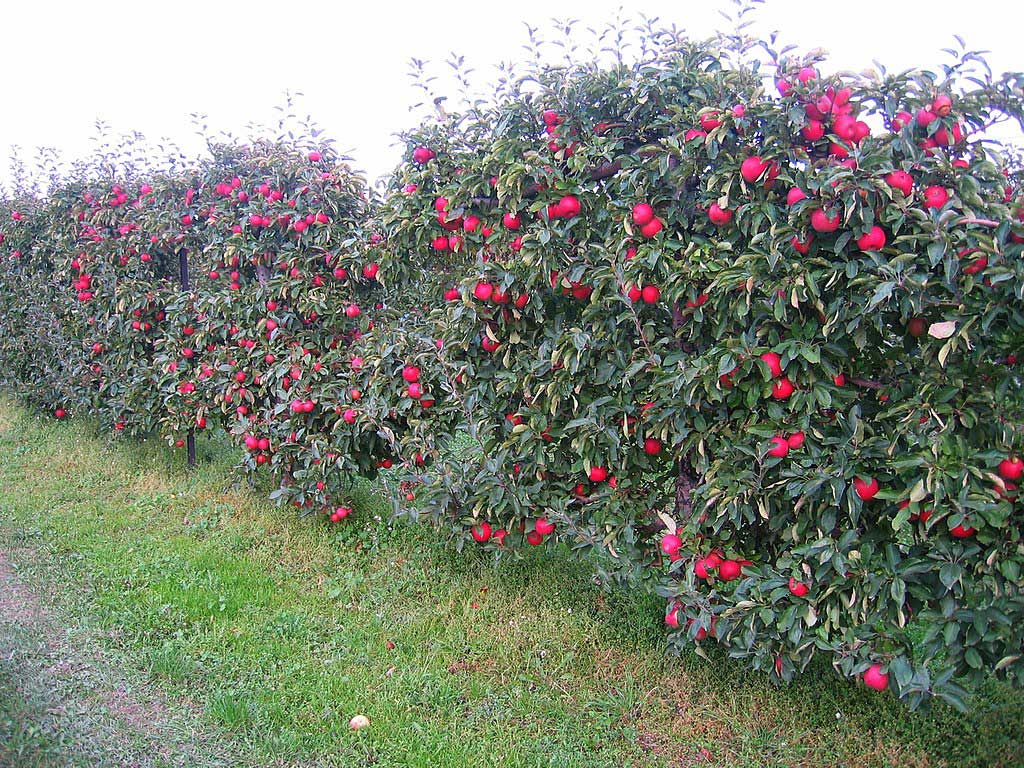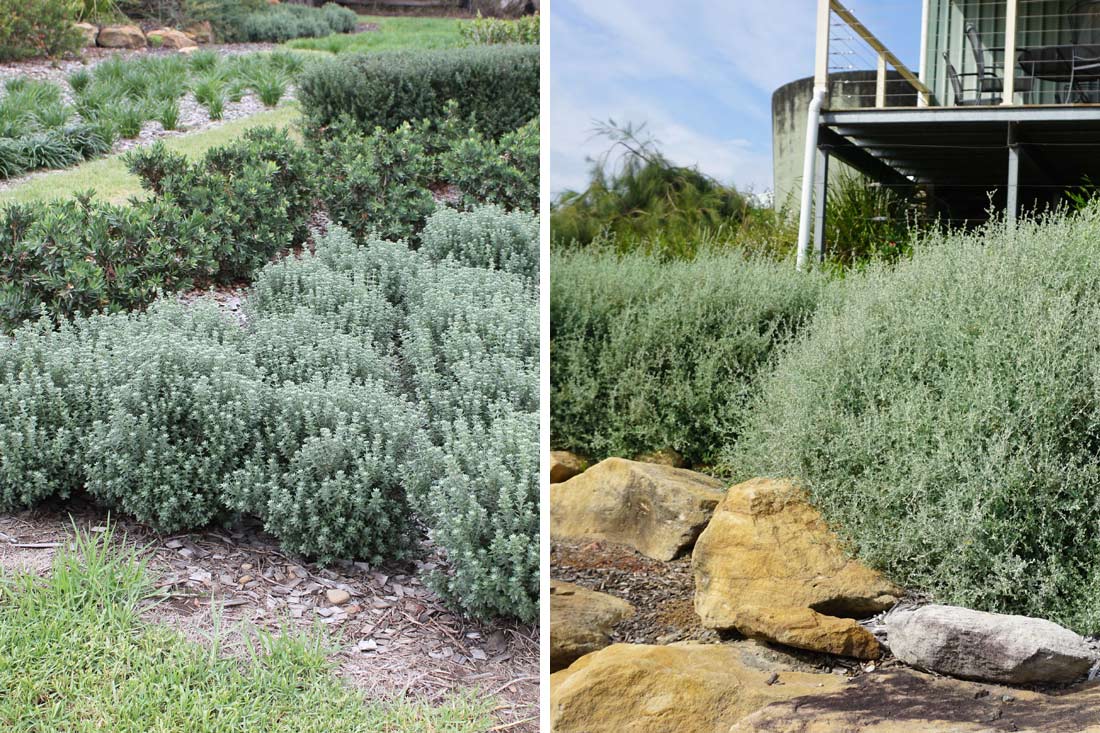Welcome to this expert-level masterclass on espaliering trees, where we will delve deeply into this sophisticated horticultural technique. Whether you’re training ornamentals or fruit bearers, espalier involves the precise training and pruning of trees to grow in flat, decorative patterns against a support structure.
Espalier trees are high in maintenance. They’re heavily micro-managed, because once they grow too far out of shape, it becomes impossible to bring them back under control. They’re a lot of fun to train and can be quite rewarding, but they’re not for lazy or unskilled gardeners.
Perfect for tight spaces and for adding an artistic touch to your landscape, this method requires patience, skill, and knowledge. Let’s explore each step in detail to elevate your espalier practice from beginner to expert.

An espaliered pear tree. https://commons.wikimedia.org/wiki/File:DSCN3598_espalieredpeartree_e.JPG
Choosing the Right Tree
Selecting the ideal tree is the cornerstone of successful espalier. While apple and pear trees are favoured for their pliable branches and manageable growth, other species like callistemons, lilly pillies and correas can also be used with the right approach. Just because most people don’t espalier Aussie natives, doesn’t mean you can’t!
- Age and Health:Opt for young, whip-like trees typically around one year old. They should be disease-free and show vigorous growth without excessive branching.
- Rootstock Considerations:The rootstock can influence the tree’s size and growth rate. Dwarf or semi-dwarf rootstocks are sometimes preferred for espalier due to their smaller size and ease of management.
- Variety Selection:Choose spur-bearing fruit trees for more fruiting spurs, and self-pollinating types if you are planting a single tree. This is only relevant for fruit trees – it doesn’t really matter whether or not ornamental flowers go to fruit.

Espalier trees are best known for growing fruit in small spaces. But they also provide other functions, such as screening and wind breaks that don’t take up much space. https://commons.wikimedia.org/wiki/File:Idared_Espalier.jpg
Setting Up the Support Structure
A robust support structure is essential for training your tree. This can be a trellis, a series of horizontal wires, or a wall outfitted with eyebolts. Here’s a detailed approach:
- Post Installation:Use treated timber or metal posts, sunk at least 2½ feet deep and spaced 8-10 feet apart. Ensure the posts are perfectly vertical and secure.
- Wire Arrangement:Stretch galvanised wires horizontally between the posts at intervals of 30-45 cm. Tighten the wires with turnbuckles, ensuring they are taut and level.
- Eyebolts and Anchors:For walls, affix 4-inch eyebolts into masonry anchors, spacing them similarly to the wire arrangement. Use stainless steel or galvanised materials to prevent rusting.
Initial Pruning and Training
Establishing the basic framework of your espalier tree is crucial. This involves careful pruning and strategic training.
- First Season Pruning:
- Select Main Shoots:Allow buds to grow into new shoots and select the three strongest. Trim away other shoots to focus the tree’s energy.
- Forming the Framework:You’ll often train one shoot as the central leader and the other two as horizontal arms. Tie them gently to the support structure using soft, flexible ties, avoiding constriction. Of course, there are many frames you can use and they don’t all need a central leader.
- Training Techniques:
- Branch Positioning:As shoots grow to 8-15cm, tie them at an angle to encourage horizontal growth. Adjust ties regularly to prevent girdling.
- Pinching and Pruning:Pinch off the tips of new growth to encourage lateral branching. Prune side shoots to maintain a clear form, focusing on creating a balanced, symmetrical shape. Essentially, we’re deciding which branches will continue to grow – the tree has other ideas on how it wants to grow and we are disciplining it with a heavy hand.

Get creative with your shapes! https://www.flickr.com/photos/33037982@N04/7687176550
Ongoing Maintenance
Consistent care is paramount for maintaining the health and aesthetic of your espalier tree.
- Seasonal Pruning:
- Winter Pruning:Conduct major pruning in late winter before bud break. Remove any unwanted growth and thin out congested areas to improve air circulation. Remember your ABCs and DDDs: Assess branch structure, remove Bad branches (Dead, Damaged or Diseased), and remove Crossing and Competing
- Summer Pruning:Perform light pruning in the summer to control vigour and shape. Remove water shoots and any growth that disrupts the desired form. Remove dead wood at any time of the year.
- Training Adjustments:
- Tying and Re-Tying:Monitor and adjust ties regularly to accommodate growth. Ensure all ties are replaced if they begin to cut into the bark.
- Shoot Management:Continuously direct new growth to follow the espalier pattern. This may involve regular checks and minor adjustments.
- Nutrition and Health:
- Fertilisation:Apply a balanced, slow-release fertiliser in early spring and mid-summer. Avoid high-nitrogen fertilisers that promote excessive vegetative growth.
- Pest and Disease Control:Regularly inspect your tree for signs of pests or diseases. Implement integrated pest management (IPM) strategies, using organic treatments where possible. https://www.ozbreed.com.au/garden-pest-control/
Advanced Techniques
Elevate your espalier practice with advanced techniques that optimise growth and form.
- Double Espalier:
- Creating Layers:Develop multiple horizontal layers, spaced 30-45 cm apart. This technique is ideal for maximising fruit production and visual impact.
- Layer Management:Prune and train each layer meticulously, ensuring clear separation and uniformity.
- Fan Espalier:
- Radiating Branches:Train branches to fan out from a central trunk, creating a sunburst pattern. This method is particularly effective for stone fruits like peaches and cherries.
- Branch Spacing:Maintain even spacing between branches to ensure adequate light and air penetration.
- Belgian Fence:
- Diamond Pattern:Create a diamond lattice by interweaving branches from adjacent trees. This decorative technique can form living fences or garden partitions.
- Synchronised Pruning:Coordinate pruning between trees to maintain the integrity of the pattern and prevent overcrowding.

Belgian Fence espalier type. https://commons.wikimedia.org/wiki/File:Espalier_belgianfence_icestorm_121208.jpg
Common Mistakes to Avoid
Even experienced horticulturists can stumble upon pitfalls. Here are some advanced tips to steer clear of common errors:
- Over-Pruning:
- Balanced Approach:While pruning is essential, over-zealous pruning can weaken the tree. Aim for a balance between removing unwanted growth and maintaining enough foliage for photosynthesis. Don’t delay in pruning, otherwise your plant will grow in a natural shape and it will become harder to get it back under control.
- Ignoring Growth Patterns:
- Responsive Training:Pay close attention to the natural growth tendencies of your tree. Adjust your training techniques to work with, rather than against, these patterns.
- Inadequate Support:
- Reinforcement:Ensure your support structure remains strong and secure. Inspect regularly for any signs of wear or instability and reinforce as needed.
Conclusion
By mastering these advanced techniques and nuanced care practices, you can create exquisite living artworks. With dedication and precision, your trees will thrive and become a testament to your horticultural expertise. Happy espaliering!





